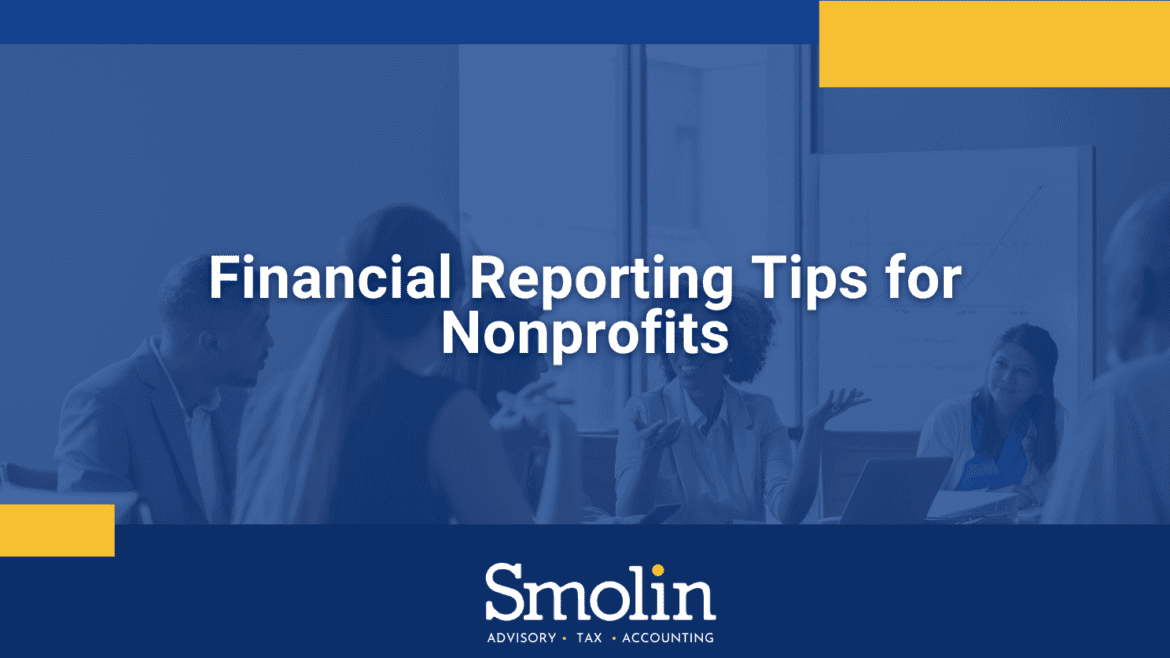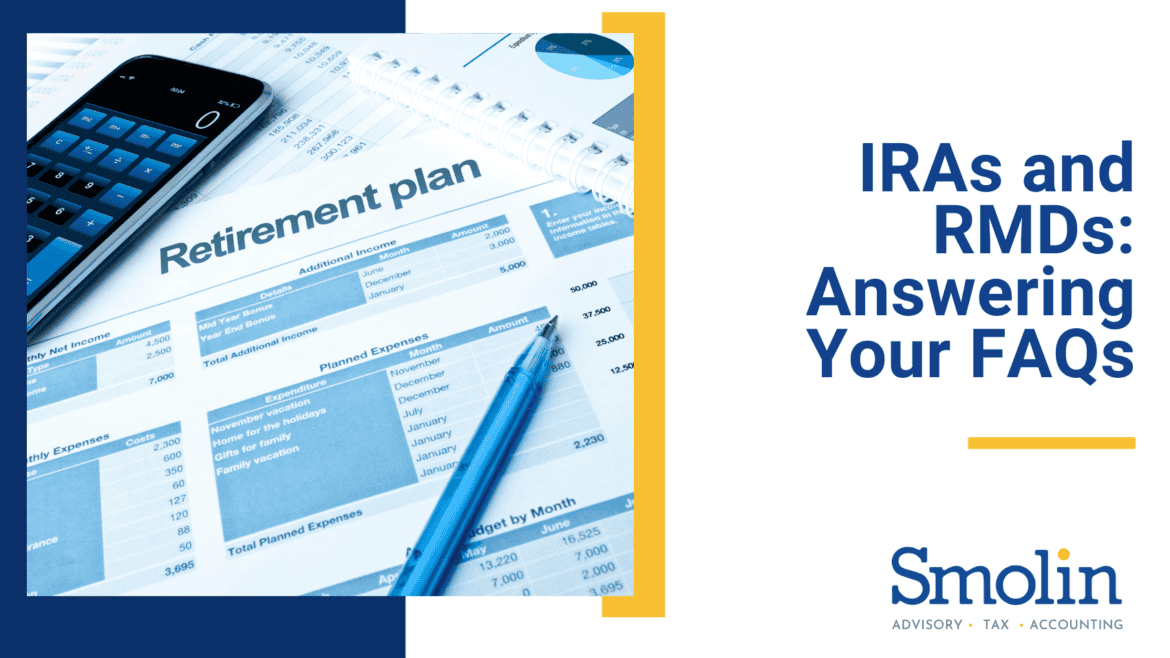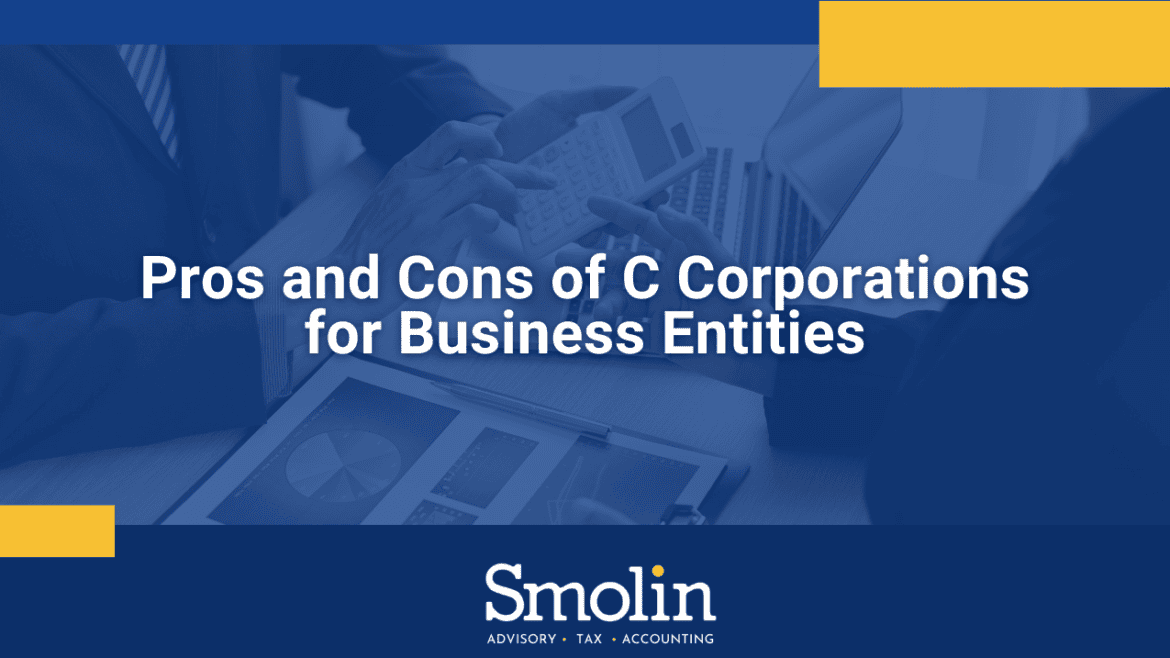Financial reporting isn’t just about profits. A lot that falls under the umbrella of accounting, from preparing budgets and monitoring finances to paying invoices and managing payroll tax—and nonprofits can certainly benefit from formal accounting processes.
If you’re a nonprofit entity, consider whether your accounting processes are managed as efficiently as possible. Not sure where to start? Check out these helpful tips.
Create invoicing policies and procedures
If you’re unsure of where to start, take a look at your invoicing. Do you have policies and procedures for monthly cutoffs of recording vendor invoices and expenses?
One option is to require that all invoices be submitted within one week of the month’s end. Otherwise, you may spend valuable time waiting on weigh-ins from employees or other departments—and ultimately, delaying the completion of your financial statements.
By reconciling balance sheet amounts each month, you may also be able to save time at the end of the year by catching and correcting any errors early. It’s also helpful to reconcile your accounts payable and accounts receivable ledgers to statements of financial position.
An extra tip: when you have multiple invoices to process, it’s best to set aside a block of time to enter invoices and cut checks all at once.
Streamline data collection
Accounting clerks and bookkeepers need a variety of information to enter vendor bills and donor bills into your accounting system. One way to make this process more efficient is to design a coding cover sheet or stamp to collect information on the invoice or donor check copy. This helps to route invoices pending approval into a folder that lists your nonprofit’s general ledger account numbers—that way, the person entering data doesn’t have to look them up every time.
In your cover sheet or stamp, you should also include a place for invoice payment approvals. For example, multiple-choice boxes can be used to indicate the cost centers to which amounts should be allocated.
Be sure that the invoice’s payment is also documented for reference, and that your development staff provides details for donor gifts before recording them in the accounting system.
Make the most of your accounting software
If you’ve purchased an accounting software package, there’s a chance you’re not taking advantage of all the tools it has to offer. Have you invested enough time to learn the full functionality of your software package? If not, consider hiring a trainer to review all of its functions and teach you and your team shortcuts and other time-saving tricks.
It’s also helpful to standardize the financial reports that come from your accounting software, so you don’t have to spend extra time modifying them to meet your organization’s needs. Not only will this reduce input errors, but it will also offer helpful financial insight at any point—not just at the end of the month.
Your accounting software can also help you automatically perform standard journal entries and payroll allocations. For example, many systems can automate payroll allocations to certain programs or vacation accrual reports. That said, be sure to review any estimates against the actual figures every so often, and always adjust to the actual amount before closing your books at the end of the year.
Monitor your processes
If they’re not consistently monitored, even the most robust accounting processes can become inefficient over time. Every so often, assess your processes for any tedious or labor-intensive steps that could be automated, or steps that don’t add value and could be removed altogether.
Additionally, make sure that the department responsible for overseeing your finances—CFO, treasurer, or finance committee, for example—reviews monthly bank statements and financial statements promptly. The earlier you catch errors or unexpected amounts, the better.
Need more tips?
If you’re interested in learning more about how to improve the accounting function at your nonprofit, our knowledgeable advisors are here to help. Contact us to learn more.









